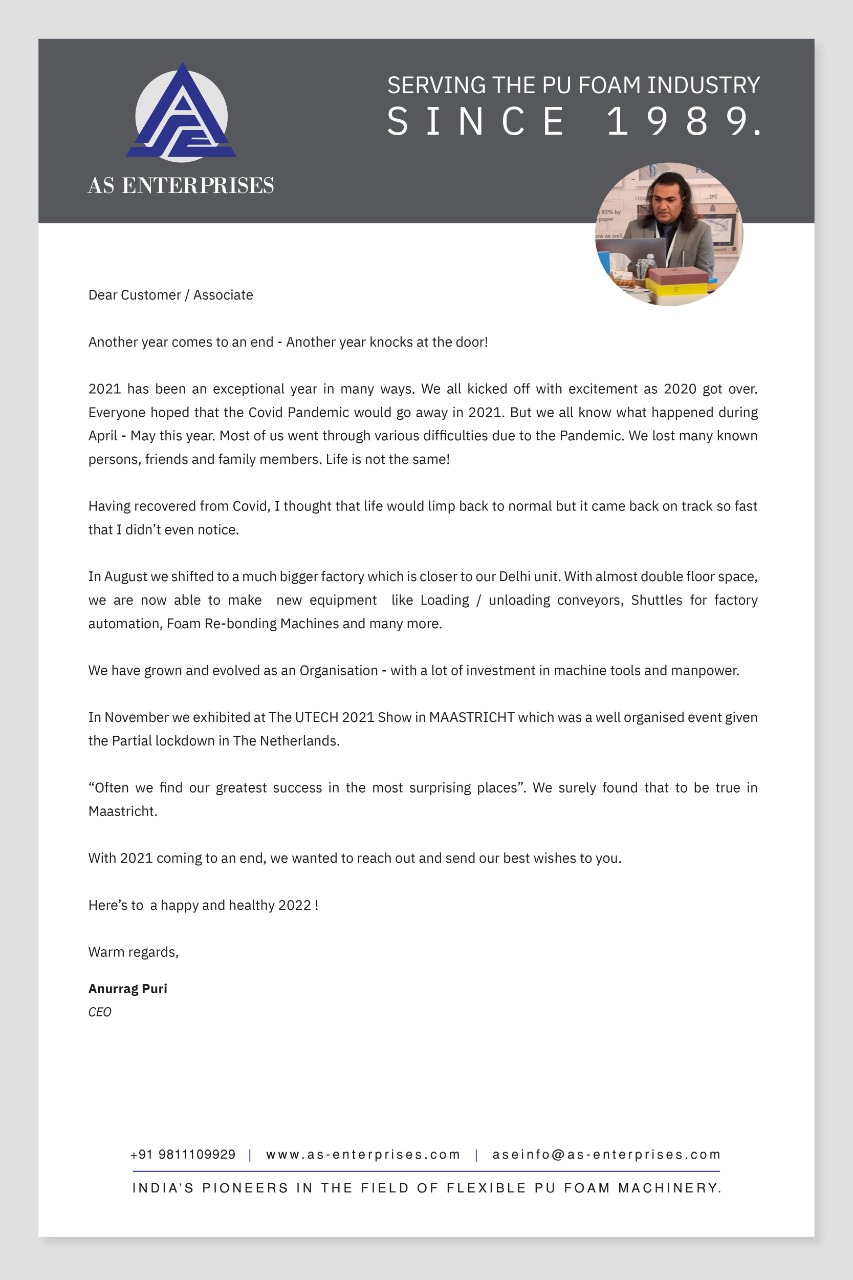We have heard a lot about foam but very rarely can we explain what exactly it means. Well, to be precise, foam is what forms when you trap gas bubbles in a liquid or solid. Want to know more about foam? Here are the important characteristics and types of foam.
Characteristics of foam
The postmodern world has come up with several fabrications and innovations like foam. Created by mattress making machines and many more, foams are known to resist water and have shape retention. Here are some of the most significant characteristics of foam:
Bulk Density
This means the mass/unit volume of foam.
Elongation
The deformation percentage occurs whenever there’s a mechanical or tensile test.
Tensile Strength
The max strength required to break the matter in terms of tension-loading.
Coefficient at Noise reduction
Any foam’s ability of noise absorption
Tear strength
Tear strength is implied when you have to measure the tear resistance of any foam rubber. This also includes other foam materials like elastomeric foam.
Thermal conductivity
The transferred linear heat per unit volume is what thermal conductivity measures. This is done through a material under a given temperature.
Flammability
A foam’s ability to reduce or slow down any spread of flame. Foams are resistant to ignition when they go through high temperatures.
Dielectric strength
The max voltage endured by a material before any electrical breakdown occurs.
Different types of foam
There are multiple variations of foam which include flexibility, rigidity, responsiveness, and several other factors. Of course, there are so many new types of foams being discovered every day through PU foam-making machines and other ways. But, let’s look at the most commonly known foam types:
Flexible foams
These are bendable foams that absorb the force without much damage.
Rigid foams
Built with a matrix structure, the rigid foams are not flexible. Instead, they are conveniently sealed to avoid air penetration or fluid absorption.
Reticulated foams
Crafted by removing the window membranes of every cell, the reticulated foams are skeletal in structure. Foaming machines reticulate by quenching or zapping. Zapping occurs with the window membranes being melted by passing through flame. Quenching is more likely to happen by running foam through caustic baths with controlled temperature. The only pointer to keep in mind is that quenching does not work with polyether polyurethanes. Reticulated foams can be mostly seen being used in gaskets and filters.
Rate-responsive foam
When you apply slow pressure on a rate-responsive foam, it feels soft. But, hitting or slapping it makes the foam firm. Under load, the foam relaxes instead of working as a spring. This is why these foams are excellent on seats as cushions.
Syntactic foam
Foam when made of composite with rigid and hollow carbon, glass, or certain microspheres held together with the help of polymer, ceramic, or metal matrix forms syntactic foam. Syntactic foam tends to have less density and more strength. It is also excellent at resisting compression. Of course, syntactic foam can vary according to the concentration of the microspheres and the thickness of the wall.
Memory foam
Also known as Viscoelastic polyurethane, memory foams make excellent seats. At lower temperatures, these become more viscous. Memory foam uses heat to expand. The elasticity and pressure of memory foam are also dependent on the temperature. This is why it’s a great material to build a mattress or anything that provides comfort to the human body.
AS Enterprise is excellent at providing various mattresses making & Cutting machine. Check out today!

